If you spend enough time on social media, you'll soon start to figure that every product pushed to your feed is more or less the same. Let's blame closed systems and the scroll. When everything is presented in the same setting, speed and style, with excitable adjectives denuded of impact by their very repetition, there's a loss of nuance that leads to the natural misconception that nothing is cutting-edge, imaginative or creative. Every product, you sense, is the same.
Outside of the frenetic world of social media, same-ism dissolves, and reality reasserts. There are incredibly smart people working in well-organized, supportive companies striving to bring products to life that are substantially better than anything else on the market. Companies like Kask of Italy and the new Elemento, a bike helmet so advanced, it could not have existed even five years ago. We'll get to why and many other things in our Q&A with Federico, the Kask Project Manager who helped bring the Elemento to life. Let's just hope it stays off social media.
Ciao Federico, nice to meet you.
You, too, Pete. It's nice to know you!
Can you talk a little about the culture at Kask that gave rise to the Elemento?
Certainly. Two main concepts drive everything we do. The first is the impetus to continually improve everything we make. The second is more dynamic: to be disruptive, to make a revolution. The Elemento aligns with this second concept.
When did the idea for the helmet first take flight?
It all started at a Team Ineos training camp in December 2019 in Mallorca. There was a discussion between the team, the engineers and technical partners. The topic was the analysis of an article by a scientific publication that measured the performance of athletes at different body temperatures; specifically, that a slightly higher head temperature corresponds to much worse performance. The tension, of course, is that pro riders need speed, which means high-level aerodynamic performance. But traditionally, a highly aerodynamic helmet cannot be well-ventilated because ventilation inherently compromises aerodynamic performance.
That's a problem.
Exactly. As you know, our product range includes the Valegro, which features excellent ventilation, and the Utopia, which has superb aerodynamics. Our Protone sits somewhere in between. So we began to wonder if there was a chance to make a new top-level helmet faster than Protone but more ventilated. But it was impossible at the time. After significant analysis of the problem, we concluded that the technology that would enable us to unlock the benefits of the scientific study did not exist. However, we also know that these technologies might exist in the future.
And now Elemento exists. What changed?
Three crucial technologies. One is additive manufacturing, also called 3D printing, and the point-by-point creation of the helmet's liner. The second, is the advanced polymer adopted from the aerospace industry that forms Fluid Carbon 12, the helmet's safety cage. The third technology was our use of CFD - computational fluid dynamics - to simulate the helmet's aerodynamic and ventilation characteristics at a very advanced level.

How did you bring these technologies together?
We started by taking inspiration from the best designer in the world - Mother Nature. In the natural world, there is often the need to protect an interior - human bones, shells, etc. These things are often made with a gradient of density, optimized in their use of material. However, until recently, the technology didn't exist to replicate the concept of such complicated structures synthetically. But in additive manufacturing, where an object is created from nothing to something, piece by piece, rather than with a typical subtractive method - like hewing a sculpture from a block of marble - you start to realize how it is now possible to exceed the complexity of parts made with a traditional method. The poetry of the process is the management of space, of course. And we haven't even touched on how efficient the process is regarding the use of materials.That's all well and good for one-offs, but scaling the process would be tricky.
The next challenge would be scaling that process, I guess.
Exactly. That's another leap we had to make, to take what is usually small-scale production to a broader market. It's all very well for additive to have a place in niche industries like Formula 1, where parts aren't made at scale. It's an entirely different thing to take additive technology and leverage it for a large market. And, of course, logistics notwithstanding, it's expensive. Reducing the cost of the process to make Elemento viable was another hurdle.
So many hurdles.
Ha, truly. But we knew we'd get to the finish, and above all things, we wanted to strive for a revolution. To really shake things up. That sort of change does not come easily.
We've talked about technology a lot. Let's talk about the benefits.
First, Elemento is an incredibly safe helmet. We adopted the WG11 protocol, which is not obligatory for helmet manufacturers; it's an extra step beyond standard testing. WG11 helped us to understand how helmets behave against different types of impact, not only linear but also rotational ones. The strength of Multipod helped us to achieve a great result. Its performance is simply much higher than a liner made with traditional manufacturing techniques.


And the aerodynamic and ventilation improvements?
For that, we looked at the silhouette of the Protone and drew a new shape that presented a more straightforward form, with less raw surface presented to the wind. The other innovation was to reduce the openings on the outer vents to prevent air disruption. Of course, as we have already discussed, reducing the size or number of vents increases heat. So, we radically carved the EPS inner shell, reducing the thickness to improve the ventilation. But on its own, thinning the EPS would not have worked. In a traditional helmet design, it would have eroded too much strength. So, we created Fluid Carbon 12 to compensate for the carved-out EPS. Fluid Carbon 12 is a composite technopolymer that absorbs more energy from an impact than traditional materials and distributes the force generated more evenly across the entire helmet.
Where is that on the helmet?
That's the black exterior section, the part that runs from the center rear to the helmet's midline, extending to the outer sections. Fluid Carbon 12 is almost eight times stronger than typical injected polymers, so its integration within the helmet design works in concert with the slimmed-down EPS to provide requisite strength.

That's pretty cool.
When you see the Elemento, the black Fluid Carbon 12 sections on the top and sides look disconnected. Actually, they form an internal safety cage, which further enhances the helmet's strength, allowing us to reduce the EPS to balance the dual demands of ventilation and aerodynamics effectively. Everything works together.
What was the feedback from the pro riders?
It's worth mentioning the wind tunnel process before we get to the pro feedback. The wind tunnel helped us see the performance at very high speeds - pro speeds! And the results were clear: Elemento offered more aero, ventilation and greater comfort. It exceeded every metric.
That's an incredible achievement.
Ha, we were delighted! And yes, we realized that the technologies we'd managed to unify in the Elemento would mark a turning point in bicycle helmet design and manufacturing. And also, safety - which is the biggest goal of all. Soon after the wind tunnel, we distributed Elemento to the team, and their feedback was fantastic. They're not shy about telling us the truth, either, so we knew what they told us was accurate.
Thanks so much for taking the time to talk, Federico. It's been instructive!
My pleasure. And thank you, too, Pete!

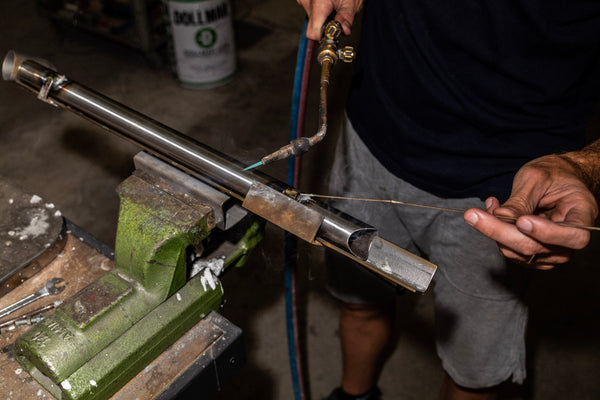
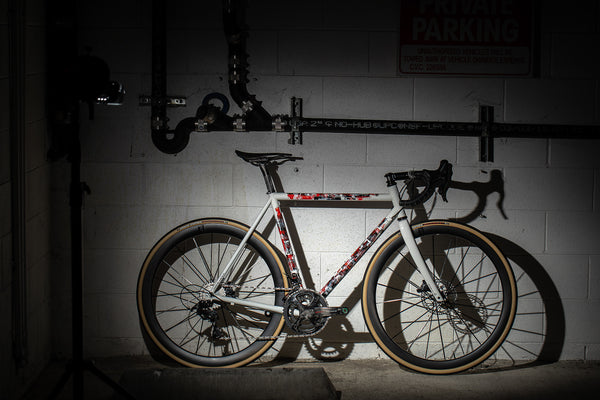

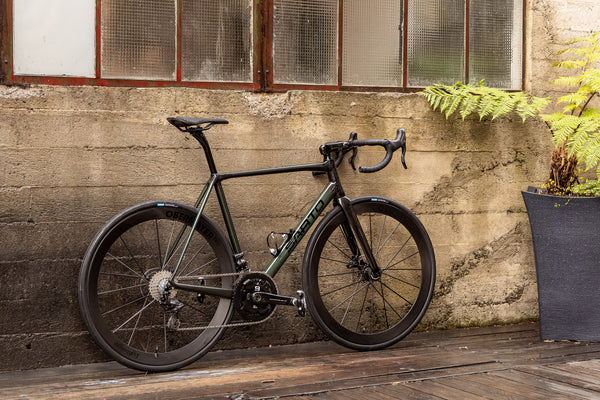
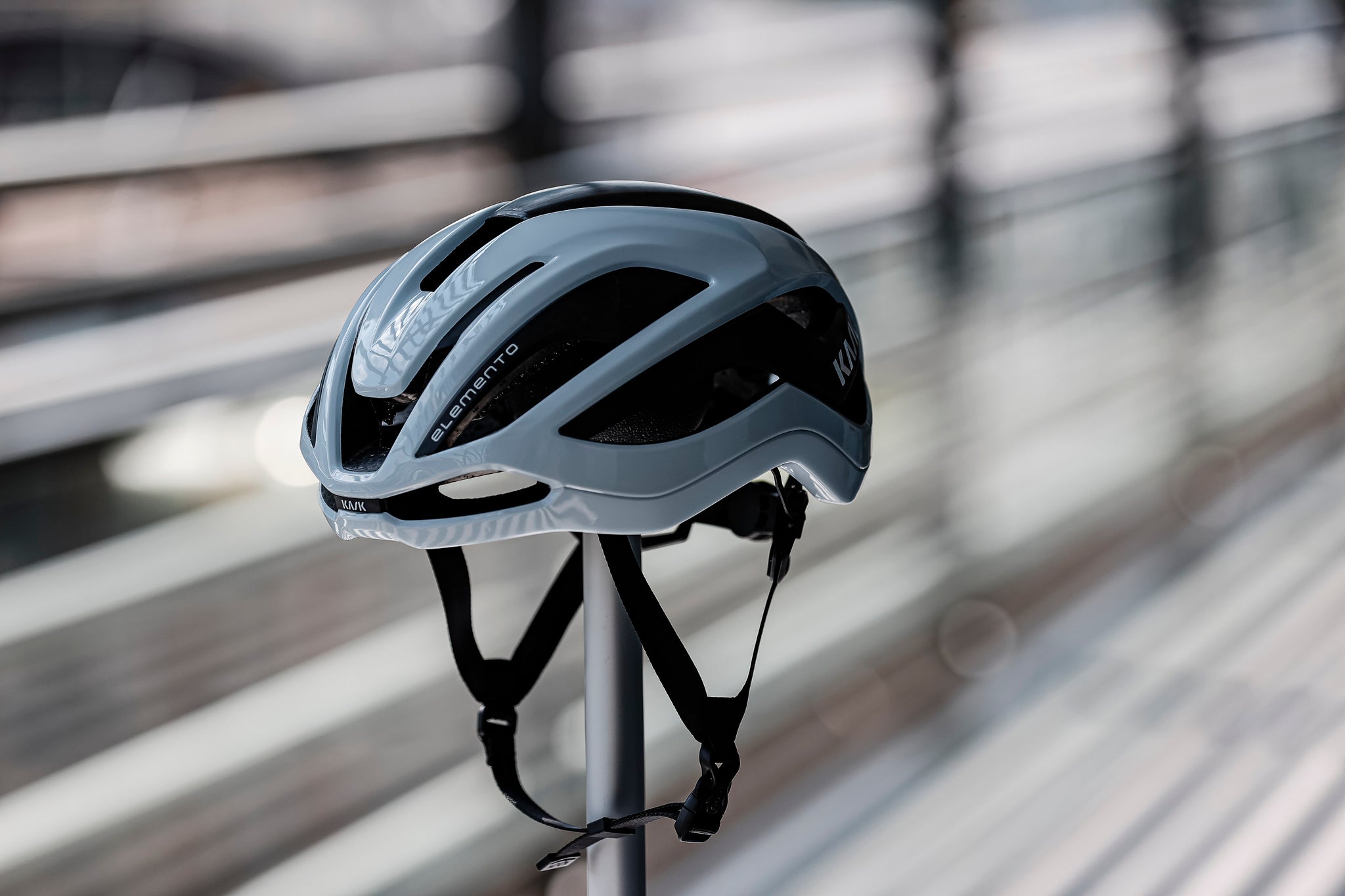

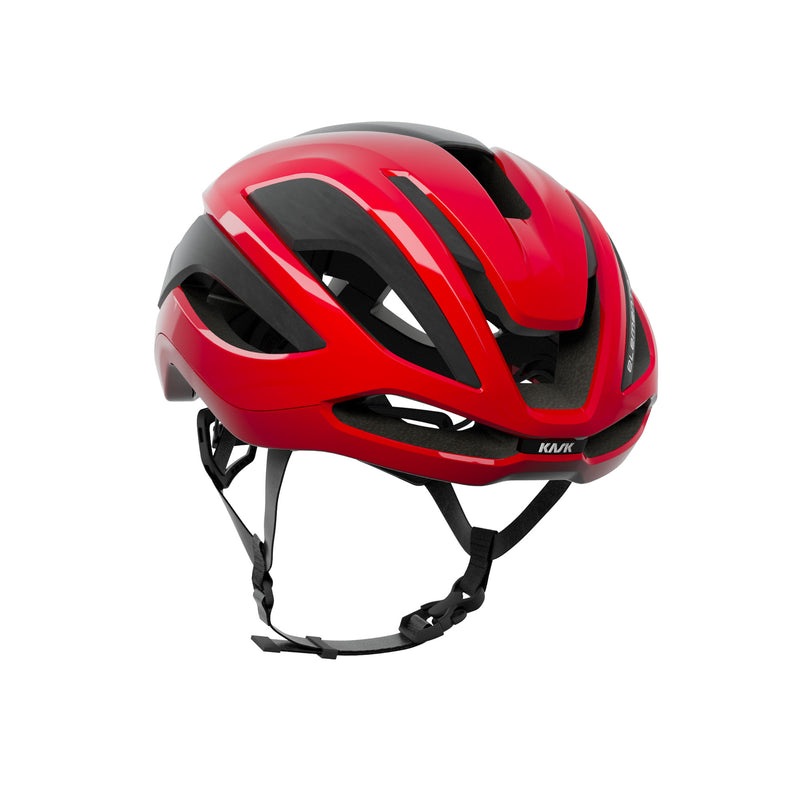
Back to Journal